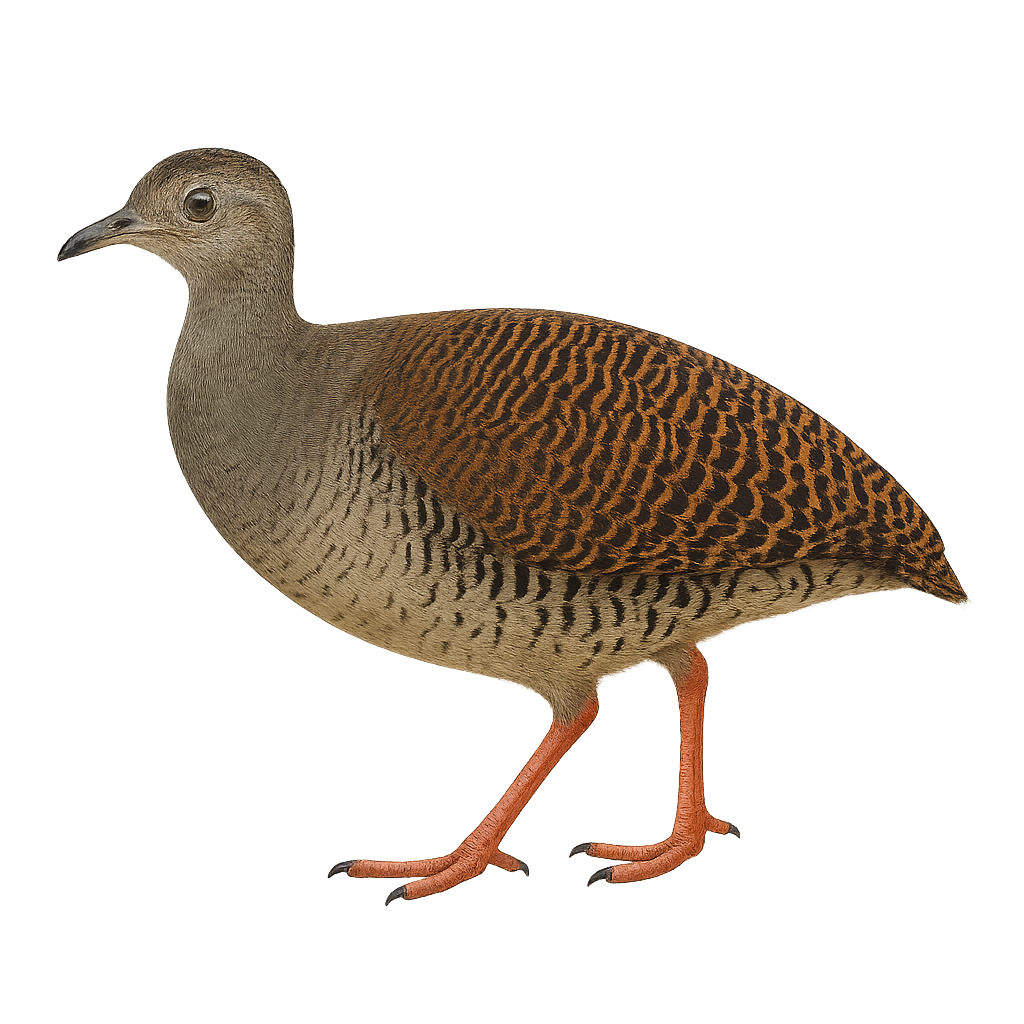Your wildlife photography guide.
Explore the bartlett's tinamou in detail, study its behavior, prepare your shots.
Where to observe and photograph the bartlett's tinamou in the wild
Learn where and when to spot the bartlett's tinamou in the wild, how to identify the species based on distinctive features, and what natural environments it inhabits. The WildlifePhotographer app offers tailored photography tips that reflect the bartlett's tinamou’s behavior, helping you capture better wildlife images. Explore the full species profile for key information including description, habitat, active periods, and approach techniques.
Bartlett's Tinamou
Scientific name: Crypturellus bartletti

IUCN Status: Least Concern
Family: TINAMIDAE
Group: Birds
Sensitivity to human approach: Suspicious
Minimum approach distance: 10 m
Courtship display: September to October
Incubation: 18-20 jours
Hatchings: September to November
Habitat:
Humid tropical forests, dense undergrowth, forest edges
Activity period :
Primarily active during the day, with peak activity in the morning and late afternoon.
Identification and description:
The Bartlett's Tinamou, or Crypturellus bartletti, is a shy, ground-dwelling bird found primarily in the humid tropical forests of the Amazon. It is medium-sized, measuring about 28 to 32 cm in length, with a reddish-brown plumage that blends seamlessly into its forest environment. Its call, often heard at dusk, is a soft whistle that echoes through the canopy. This bird is mostly solitary, feeding on fallen fruits, seeds, and insects. Although capable of flight, it prefers to run to evade predators. Its elusive nature and dense habitat make it difficult to spot, but it plays a crucial role in seed dispersal, contributing to the health of its ecosystem.
Recommended lens:
400 mm – adjust based on distance, desired framing (portrait or habitat), and approach conditions.
Photography tips:
To photograph the Bartlett's Tinamou, it's essential to blend into the environment to avoid startling it. Use a telephoto lens of 400mm or more to capture images from a distance. Be patient and remain still, as this bird is suspicious and easily hides in dense undergrowth. The best opportunities often arise early in the morning or late in the afternoon when the bird is active. Avoid sudden movements and use a tripod to stabilize your camera, especially in the low-light conditions of the rainforest.
The WildlifePhotographer App is coming soon!
Be the first to explore the best nature spots, track rutting seasons, log your observations, and observe more wildlife.
Already 1 439 wildlife lovers subscribed worldwide

